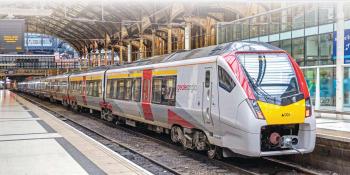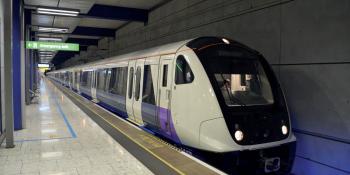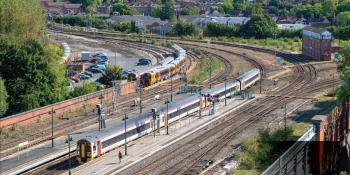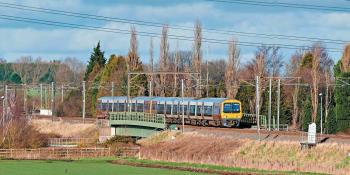■ Cost of replacement units increasing
This coming November sees the 27th anniversary of the disposal of the British Rail passenger fleet through the sale of the three Rolling Stock Companies (ROSCOs). Between them they owned around 11,000 vehicles, the oldest dating from nearly 20 years earlier.
Today, 30% of those vehicles remain in service (Table 4). And while some 1,300 vehicles are scheduled for imminent withdrawal (Table 5), the combined impact of the pandemic on the passenger operators’ finances, plus the policy hiatus associated with the transition to Great British Railways, means replacement of the remainder is, at best, uncertain.
PERVERSE
Perversely, given the pressure to decarbonise the railway, most of the ex-BR fleets facing an early visit to the scrapyard are electric multipleunits. Similarly, the survivors are dominated by the 1980s Sprinter and Super Sprinter DMUs.
Keeping older diesels running is more expensive than electric traction, because of the difficulty of obtaining replacement major components for engines. They also represent the greatest problems on air pollution when idling at stations.
SCOTS AHEAD
As ever, the Scottish Government has produced the only coherent policy to date. …





